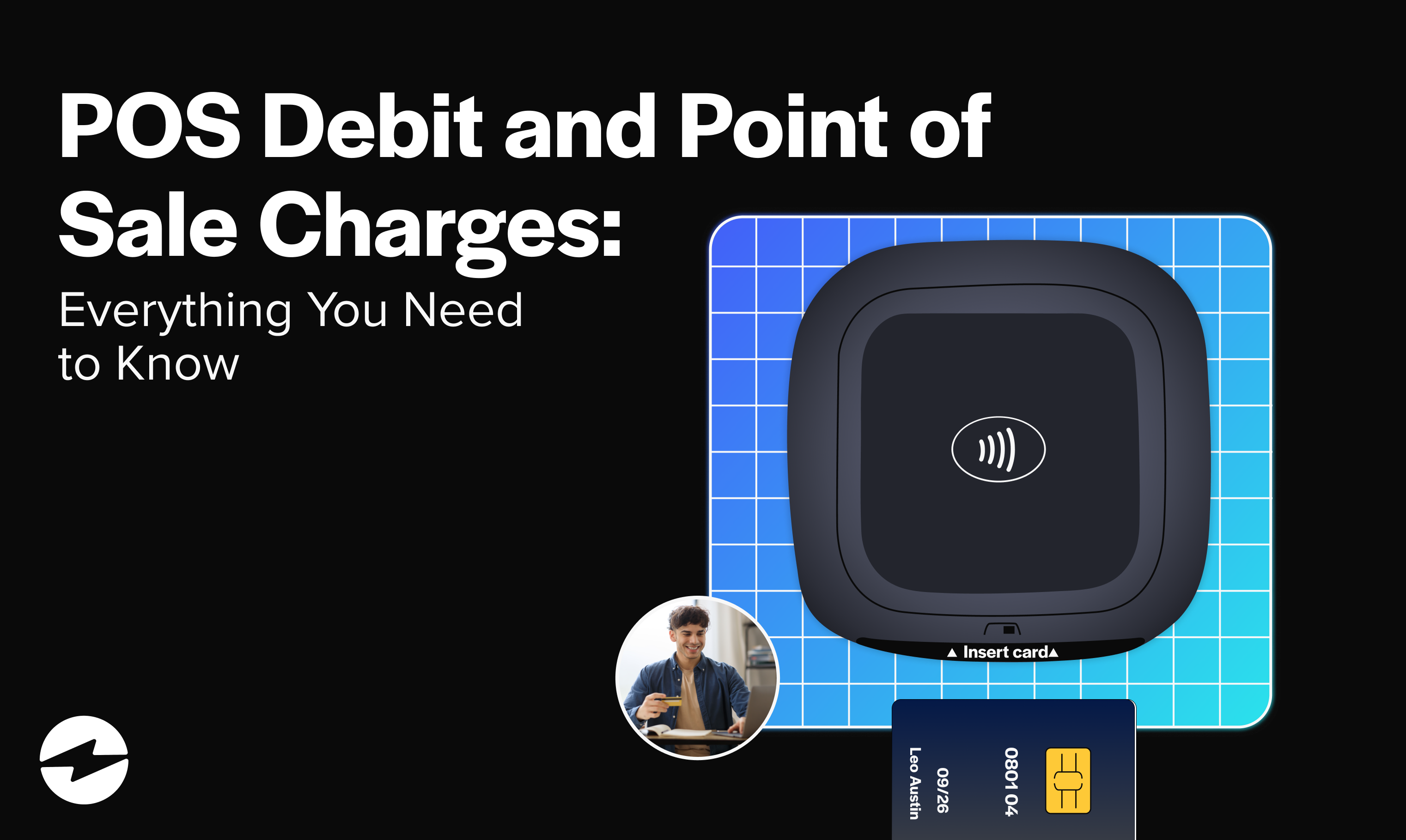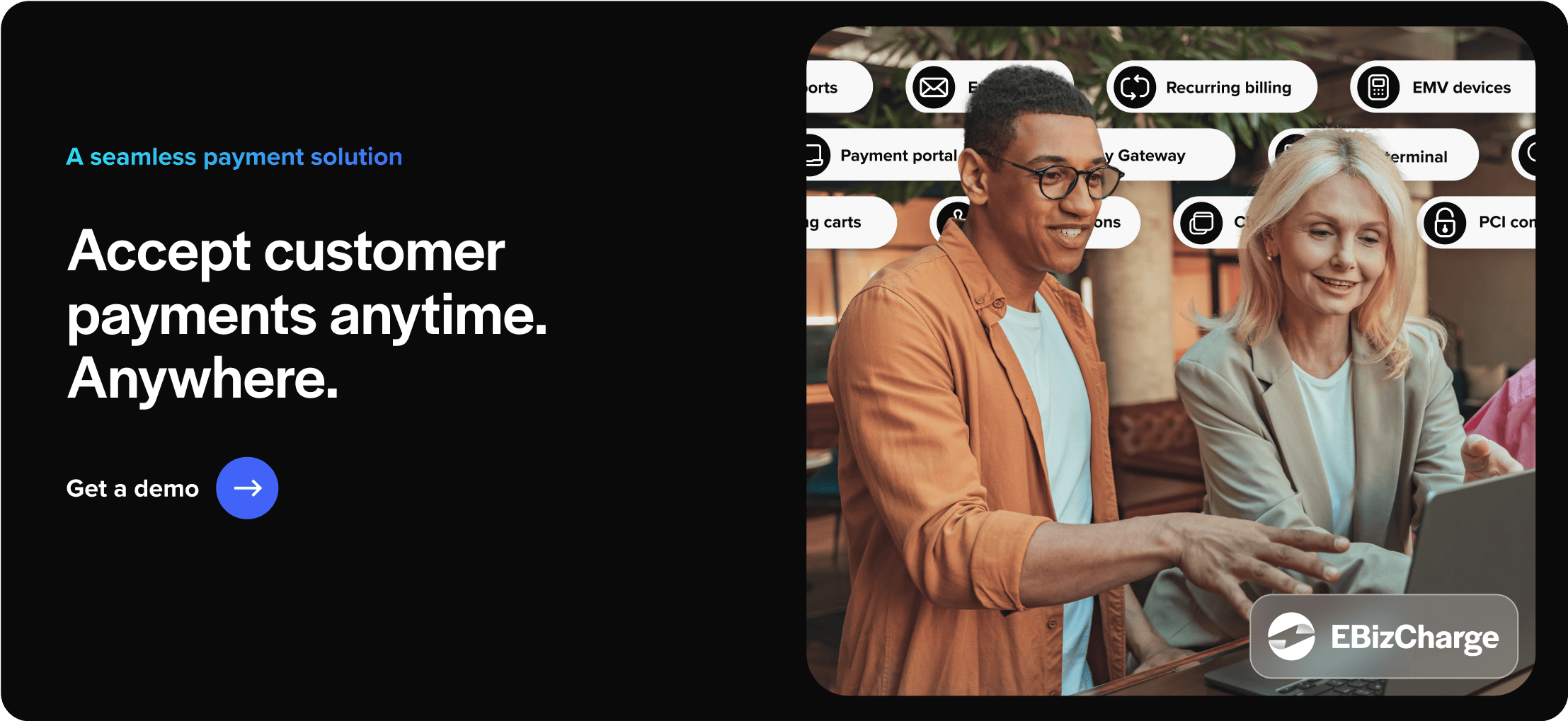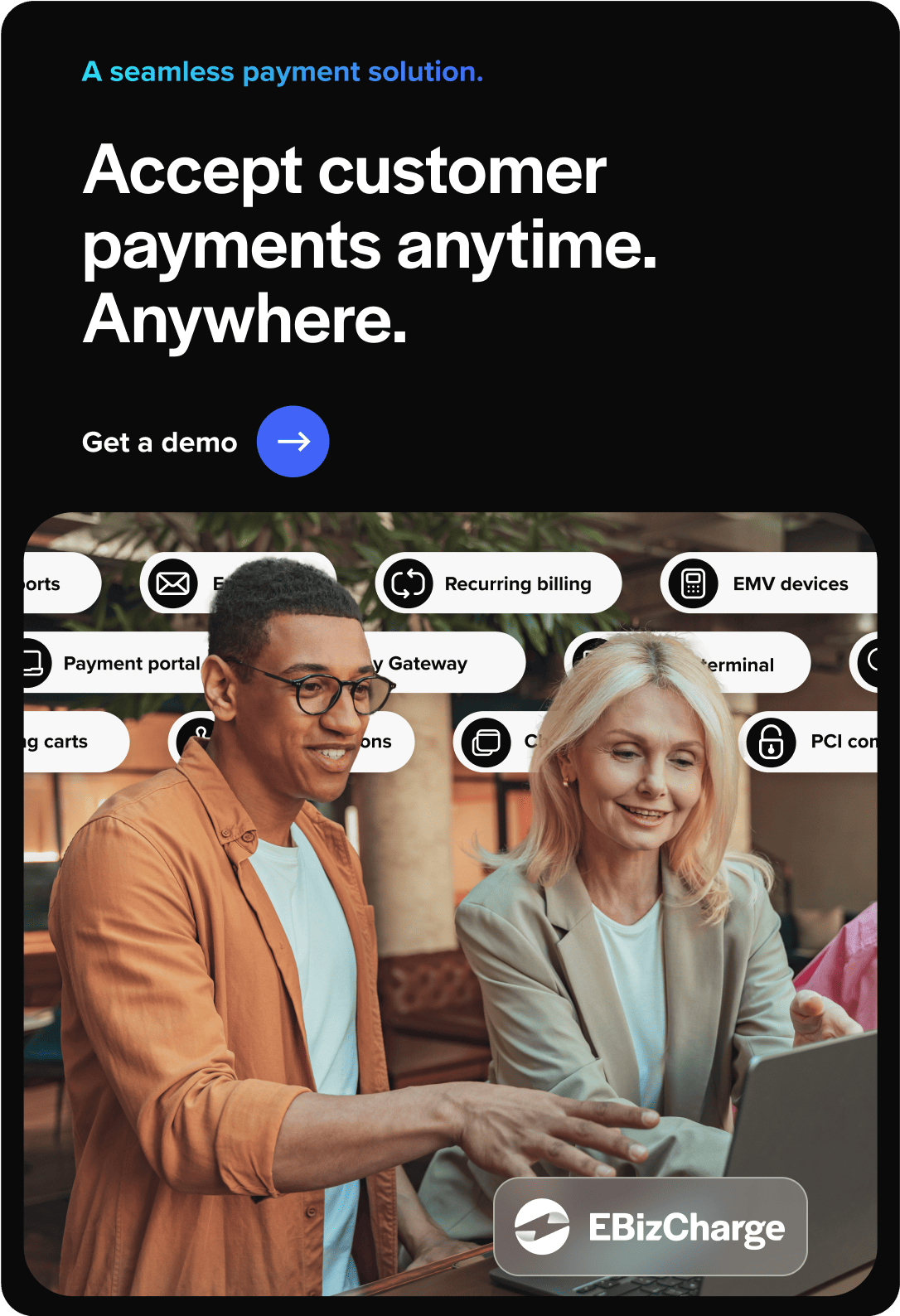Blog > POS Debit and Point of Sale Charges: Everything You Need to Know
POS Debit and Point of Sale Charges: Everything You Need to Know
As a business owner or accountant, identifying transactions is critical for accurate bookkeeping and avoiding chargebacks from confused customers. However, vague terms like POS debit and POS purchase can obscure the source and nature of these charges. Understanding point-of-sale terminology is essential for proper accounting, reconciling accounts, and advising clients.
Thankfully this article provides in-depth information about POS debit operations and payment processing to help your business categorize transactions appropriately to ensure precise financial records, smooth operations, and helpful client communication.
What is a POS transaction?
A point of sale (POS) system is a device used by businesses to collect payments from customers for goods or services. POS systems can be in a physical location like a retail store or a virtual location like an online shop. A POS system typically includes hardware (like cash registers and card machines) and software that records transactions and processes payments.
In a successful POS purchase, the merchant may provide a printed or electronic receipt, and funds are transferred from the customer’s payment method to the merchant’s account.
Now that you’re aware of POS systems and their components, you may wonder what is a POS debit transaction (POS debit)?
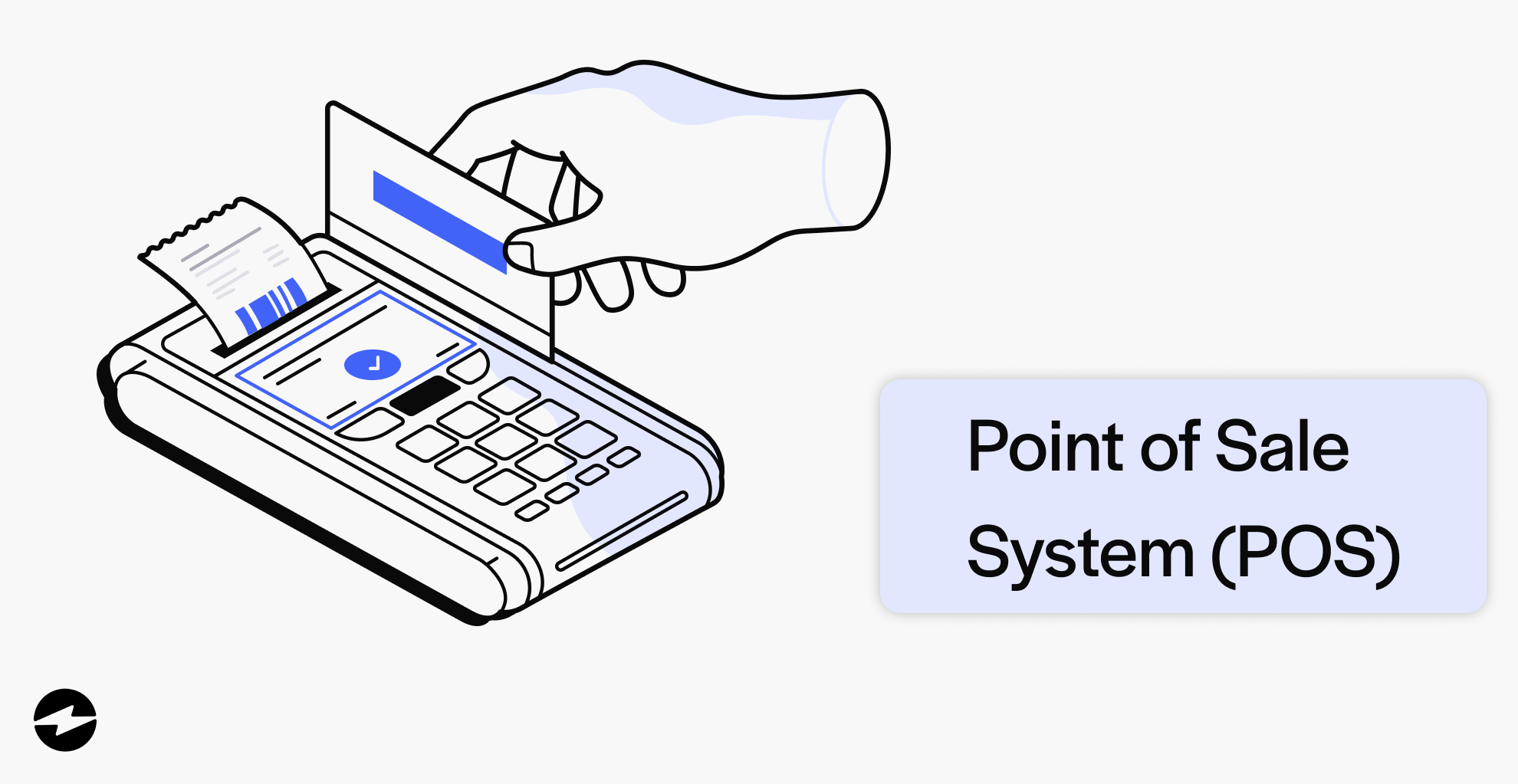
What is a POS debit transaction?
Typically, transactions are described as a POS debit when completed with a POS system using a debit card.
When a customer uses a debit card to make a purchase on a POS system, the funds are immediately withdrawn from the bank and are posted to the customer’s bank account right away, making this a unique type of transaction. This is in contrast with a credit card transaction, where the customer accrues debt that’s paid off later.
Whether customers are making a debit transaction or a credit transaction, there are bank statement descriptions to identify where that transaction is occurring.
6 alternative debit-related bank statement descriptions
Debit-related bank statement descriptions, or merchant descriptors, help identify where a transaction occurred.
Six common debit-related bank statement descriptions include:
- PIN debit purchase: The customer entered a PIN to authorize the payment.
- Signature debit purchase: The customer signed for the debit purchase rather than using a PIN.
- Debit card purchase: A broad description for any debit card transaction.
- Online debit purchase: Purchases made over the internet with a debit card.
- Phone debit purchase: Debit payment processing over the phone.
- Recurring debit purchase: Ongoing scheduled debit charges like subscriptions and monthly bills.
In addition to understanding these statements, companies should know the differences between credit and debit card transactions with a POS system.
The difference between credit card and debit card transactions with a POS system
The key difference between a credit card and a debit card transaction with a POS system lies in the source of the funds.
In a credit card transaction, the bank lends the money to the customer, who then repays it at a later date. On the other hand, a POS debit transaction directly takes the funds from the customer’s bank account.
For bookkeeping purposes, credit card transactions should be recorded as accounts receivable until the merchant receives the actual funds. Customers can contest transactions made with a credit card which can cause issues with your bookkeeping if you immediately record the transaction. Debit card transactions can be logged as cash since the money is immediately available.
Alongside credit and debit card purchases made in person, customers can purchase goods and services using a virtual POS system — card-not-present transactions.
Card-not-present transactions
Card-not-present transactions refer to any payment made where the cardholder does not physically present the card for a merchant’s visual examination. This typically happens in online transactions, where customers enter their card details into a website or app.
Since these transactions rely on transmitting card data remotely, they come with higher fraud risk and processing fees. In fact, about 70% of all card payment fraud comes from card-not-present transactions.
Businesses need to weigh the convenience and accessibility of card-not-present sales with the potential drawbacks. Here are a few ways you can minimize potential risks of card-not-present transactions which include:
- Implement AVS (Address Verification System) and CVV checks to mitigate fraud.
- Closely monitor statements for chargebacks and disputed payments so you can respond promptly.
- Invest in data security and PCI compliance for storing card information.
Tools like merchant descriptors can also reduce the risk of fraudulent activity.
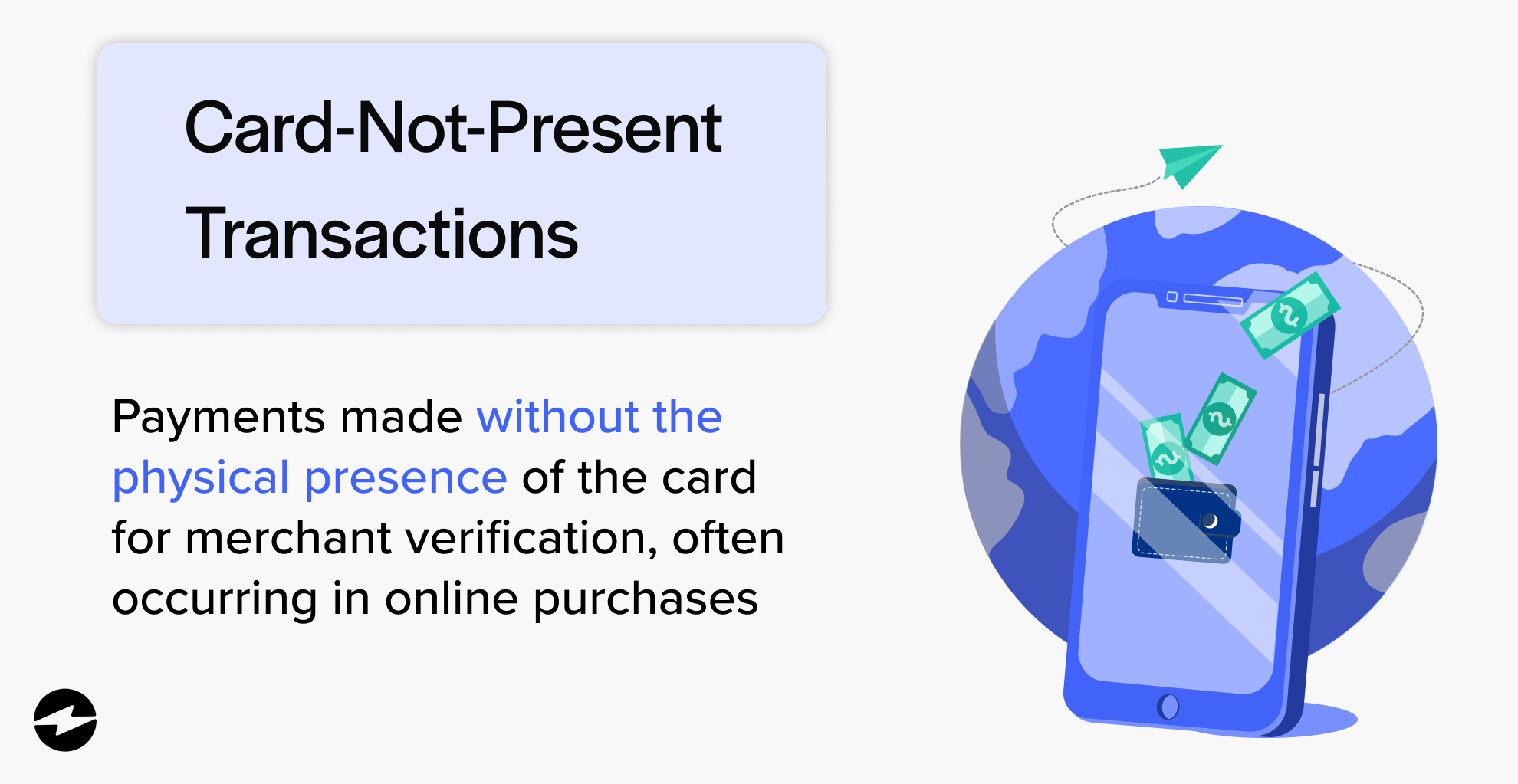
What is a merchant descriptor and how is it used?
Merchant descriptors appear on a customer’s bank statement to identify the source of a charge. It’s typically a combination of the merchant’s name, location, and, sometimes, the product or service provided.
Merchant descriptors include several vital functions:
- Identify the source of charges for bookkeeping purposes. Clear descriptors enable accurate categorization of transactions.
- Communicate specifics to customers. Descriptors jog the customer’s memory and provide purchase context to avoid confusion.
- Reduce card disputes and chargebacks. Customers who recognize the merchant are less likely to trigger costly disputes.
- Build brand awareness. Descriptors reinforce the business name and remind customers of their purchases.
- Adhere to card network rules. Payment processors have requirements around descriptor formats, lengths, and restricted terms.
- Spot suspicious activity and fraud. Reviewing descriptors helps identify any unauthorized charges.
While the functionality remains universal, there are three different types of merchant descriptors.
3 types of merchant descriptors
Merchant descriptors can be divided into three main categories — static, soft, or dynamic.
Static descriptors
A static descriptor is a standard, unchanging description that appears on all of a merchant’s transactions. It typically includes the merchant’s name and brief transaction detail.
The main advantage of static descriptors is their simplicity. Businesses can use a static descriptor to display their name to customers for every transaction. However, generic static descriptors can easily confuse customers as they provide limited context.
Soft descriptors
Soft descriptors provide temporary details that appear when a transaction is pending. It’s often used when the final transaction amount, such as a hotel reservation or car rental, may change.
Soft descriptors allow merchants to include specifics that jog the customer’s memory and aid reconciliation without reprogramming descriptors for each charge.
Dynamic descriptors
A dynamic descriptor is a custom detail that can change from transaction to transaction. This allows merchants to provide more specific information about each purchase, which can be helpful for customers and reduce chargebacks.
Descriptors tailored to each charge make reconciling payments and reducing disputes easy. Dynamic descriptors also enable targeted brand messaging.
Programming truly dynamic text requires more advanced POS software and integration. They also require strict content guidelines to avoid overly lengthy statements that get cut off on a customer’s billing statement.
How to make a coherent merchant descriptor
Creating a coherent merchant descriptor is crucial for clear communication with your customers. The Payment Dispute Standards & Compliance Council lists poor merchant descriptors as one of the most common reasons for a chargeback that falls under merchant error. So, nailing your merchant descriptor is critical.
8 best practices for a coherent merchant descriptor
Merchant descriptors should be concise, accurate, and easily recognizable. Here are eight best practices you can follow to create a coherent merchant descriptor for your organization:
- Include your brand name. Put your business name first for customers to instantly recognize the charge.
- Be concise. Stick to a tight character count to avoid statement truncation. Visa and Mastercard limit descriptors to 25 characters.
- Add a location. Identify the city, state, or country relevant to the transaction.
- Specify purchases. Briefly describe the goods or services provided. For example, “Clothing Purchase” or “Restaurant Takeout.”
- Use recognizable terms. Avoid obscure acronyms, codes, or abbreviations that confuse customers.
- Standardize descriptors. Develop a consistent structure and shorthand for charges across locations.
- Check processor requirements. Ensure your descriptors adhere to the format, length, and restrictions your payment processor sets.
- Review periodically. Assess descriptors regularly to identify any unclear or outdated text.
These practices will help your company create clear merchant descriptions to stay ahead of the game and maintain more payment security.
Optimize your POS systems to streamline transactions
POS debit and POS charges are an integral part of managing payments and understanding how they work allows you to stay on top of your transactions.
Software such as EBizCharge integrates into POS systems allowing businesses to easily process payments while maintaining a significant level of security. With the high level of security EBizCharge provides, businesses can avoid fraudulent transactions and save on the finances lost from fraudulent payments.
Working with reliable providers like EBizCharge, along with understanding how POS debit and POS charges work, will allow your company to optimize its payment process.
6 frequently asked questions about POS Debit and POS charges
6 frequently asked questions about POS Debit and POS charges
Summary
- What is a POS transaction?
- What is a POS debit transaction?
- 6 alternative debit-related bank statement descriptions
- Card-not-present transactions
- What is a merchant descriptor and how is it used?
- 3 types of merchant descriptors
- How to make a coherent merchant descriptor
- Optimize your POS systems to streamline transactions
- 6 frequently asked questions about POS Debit and POS charges
